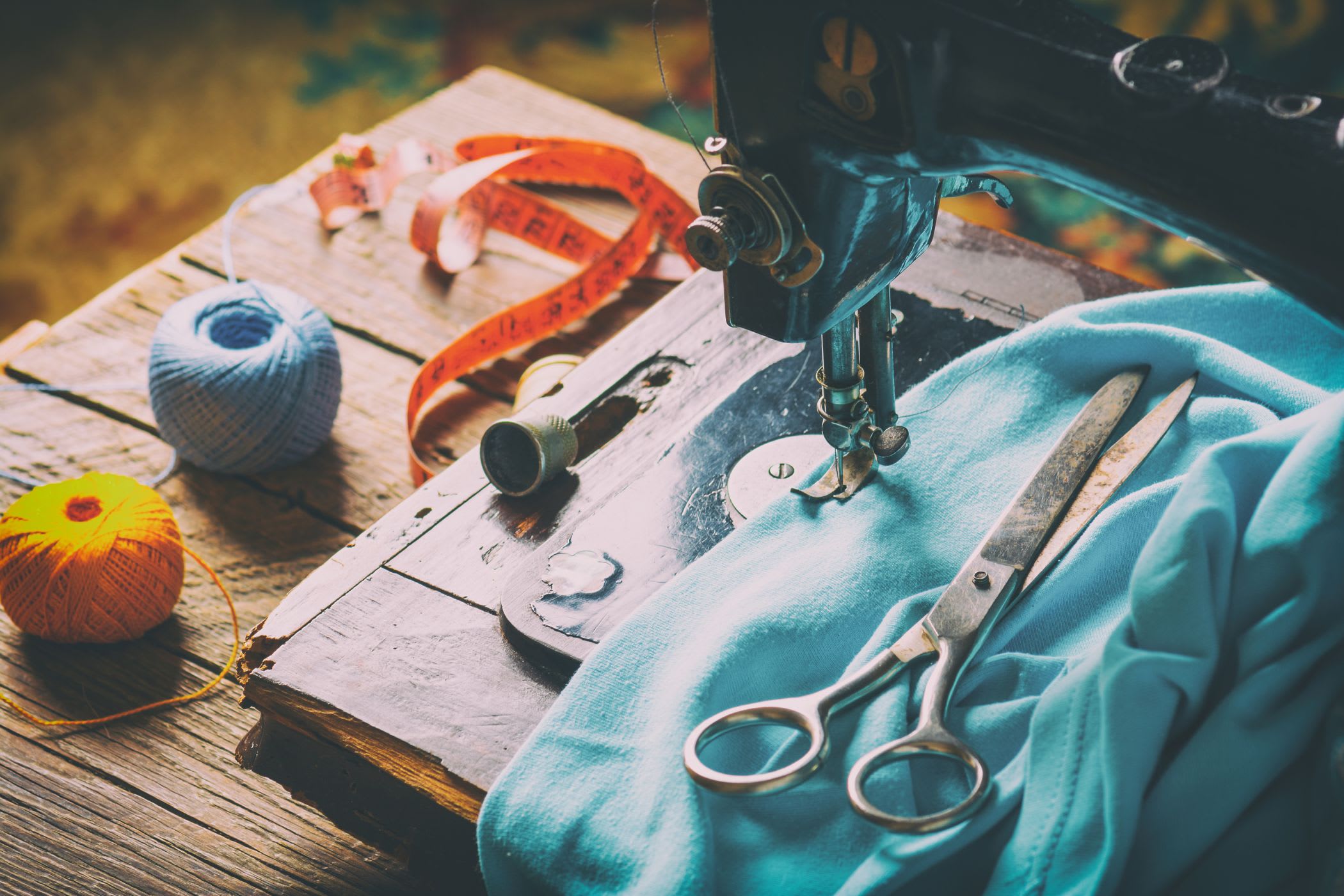5 Ways To Save The Cost Of Purchasing Department And Manage Finances Better



Businesses around the world are always looking for ways to maximize their profits and minimize their costs. Due to changes in the cost of raw materials and other manufacturing elements, it may sometimes become problematic for businesses to keep their expenses under control.
There are so many variables involved in the garments industry, and preparing for unforeseen circumstances is impossible. However, businesses should be ready to face every uncertainty and be financially prepared for any curveball.
To reduce losses in a business as dynamic as the fashion industry, adequate planning is required every step of the way. Right from production, purchasing to financial planning, a budget for every department is essential to streamline the funds properly and avoid unnecessary expenses.
Of all the departments in the fashion business, the purchasing department is the one that requires maximum budgeting. If not taken care of, minor issues in the purchasing department could incur huge expenses for the business. Therefore it is of utmost importance to streamline the budget and cut costs in the purchasing department to keep the finances of a business under control.
Here are a few ways an apparel business can cut costs in the purchasing department:
1. Updating contracts as and when necessary
Businesses should keep their contracts with third-party vendors and suppliers always up to date and revisit them when necessary. In the dynamic fashion business, the cost of textiles and other raw materials may change. Other factors such as technology and logistics may also reduce over time. Oftentimes, businesses overlook such details considering them minor, but these costs turn out huge when recurring. This can be easily avoided by renegotiating the contract details.
2. Keeping track of the current market conditions
An essential step to cut costs in the purchasing department is keeping a close eye on the market trends. As market trends and consumer preferences tend to change from time to time, old inventory may soon become redundant. This may turn out to be a huge loss for the business. Hence, keeping limited inventory in stock can help businesses utilize the funds for new items to accommodate changing trends in the market.
3. Supply and demand clothing
Due to the ever-changing nature of the fashion industry, many businesses are opting for supply and demand clothing. This is a business model where suppliers post the product details on the web to seek orders. Once there is an order for a particular item, the supplier sources it from the manufacturer and forwards it to the customer. Many suppliers favor this model of supply and demand clothing, as they do not need to stock up on inventory. They place orders with the manufacturers only when they receive orders from the consumers.
4. Avoiding arbitrary spending

Fashion houses often make emergency purchases outside their specified procurement processes, called tail spend. These purchases may be from regular or new suppliers and may not be covered under a supplier discount. They may prove quite costly for the business, especially if they are recurring.
To avoid this, the purchasing department should centralize its process across all departments of the business and order inventory accordingly.
5. Consider outsourcing
Many fashion houses are increasingly considering outsourcing their apparel from third parties or B2B providers like Fashinza. This helps the business cut costs on labor and rent. Also, outsourcing high-volume and low-value products can be significantly cost-efficient for the business in the long run.
Apart from cutting costs in the purchasing department, an apparel business should also consider overall budgeting to handle their finances better.
For a business to be profitable, it is essential to create a roadmap for the finances in each business step. This will ensure that the capital is utilized efficiently and make the business profitable.
Here are a few ways an apparel business can help manage its finances better:
1. Planning the business budget based on the income
A business should always set its budget according to its income. Expenses of any successful business should only be a portion of the income. A proper financial roadmap should detail how much of these funds should go into inventory, labor, rent, etc. A general rule that fashion businesses should follow is always to overestimate expenses and underestimate the income to have stable finances
2. Setting short term and long term goals
Setting goals for a business is fundamental. Having short-term and long-term goals based on the financial plan of the business helps manage money efficiently and make changes whenever necessary to realize those goals. Having realistic financial goals also helps the business stay on track, identify its problem areas, and work towards fixing them.
3. Keeping an emergency fund ready
A business as dynamic as an apparel business may not have smooth sailing at all times. Therefore, it may be wise to keep some funds for emergencies such as machinery breakdown, shipping delays, order cancellations, or sudden changes in trade policies. While these may increase cost and are impossible to predict, it may be wise to keep a portion of the funds aside in such cases. The operations of the business should not be affected due to a shortage of funds, or it may spiral into high losses later on.
4. Considering sales cycles

Keeping sales cycles in mind is necessary for the fashion business for the rotation of funds. Apparel business owners often make mistakes when considering sales cycles in their budget. Apparel has a specific time in which they are in demand in the market. The manufacturer/wholesaler will not truly get the full cost of its product until it is sold in the market. Considering this fact while budgeting and planning the next production cycle will help the business keep its finances on track.
5. Using budgeting software
Technological advances are a wonder in today's world. Fashion houses can use several budgeting and accounting softwares to manage their finances. These require less human interference and are extremely accurate. Automation in inventory management, purchase orders, or sales invoices will help reduce errors that could have resulted in losses for the business. Though these technologies require a one-time investment, it usually turns out to be quite feasible in the long term. Businesses can consider keeping aside a percentage of income for technological advancements and upgrades.
Are you looking to outsource your production process? Connect with us @Fashinza.
We are an online B2B platform that will provide your fashion brand with quality market-ready products. While you sit back and relax, we will take care of everything from production to quality control. Visit our website and browse the wide variety of products we offer. Get in touch with us today to drive your fashion brand forward with quality and affordable products.



















